How local communities are reforesting parts of Africa, one seedling at a time
October 5, 2021 | By Deborah Lynn Blumberg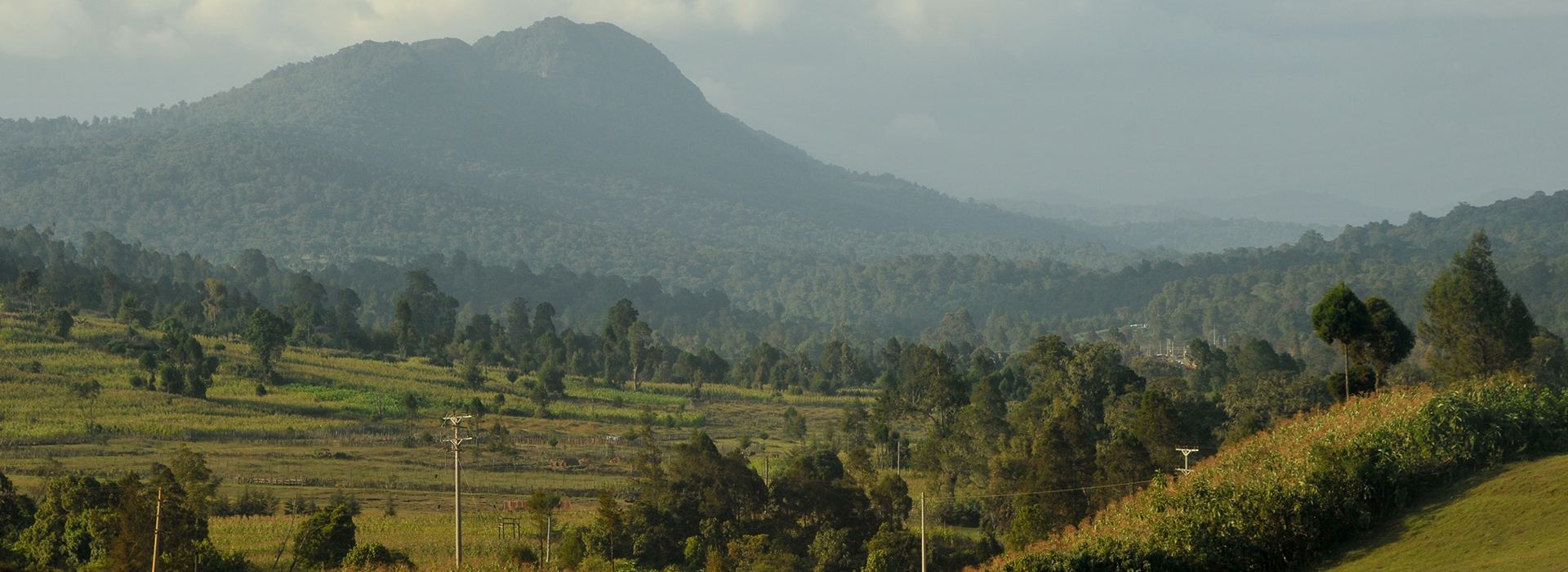
In rural south Kenya, a group of young people trek through muddy fields to check on the saplings they’ve grown in their community tree nursery — a mix of mango and citrus trees and other indigenous plants.
They are growing strong, disease-free plants that are healthy enough to transplant into the surrounding forest. Their work is part of a larger initiative to restore the forests and water supply in a 185,000-acre region of southwest Kenya called Makuli-Nzaui. This area supplies water to four major rivers and is crucial to the successful farming and livelihoods of thousands of community members.
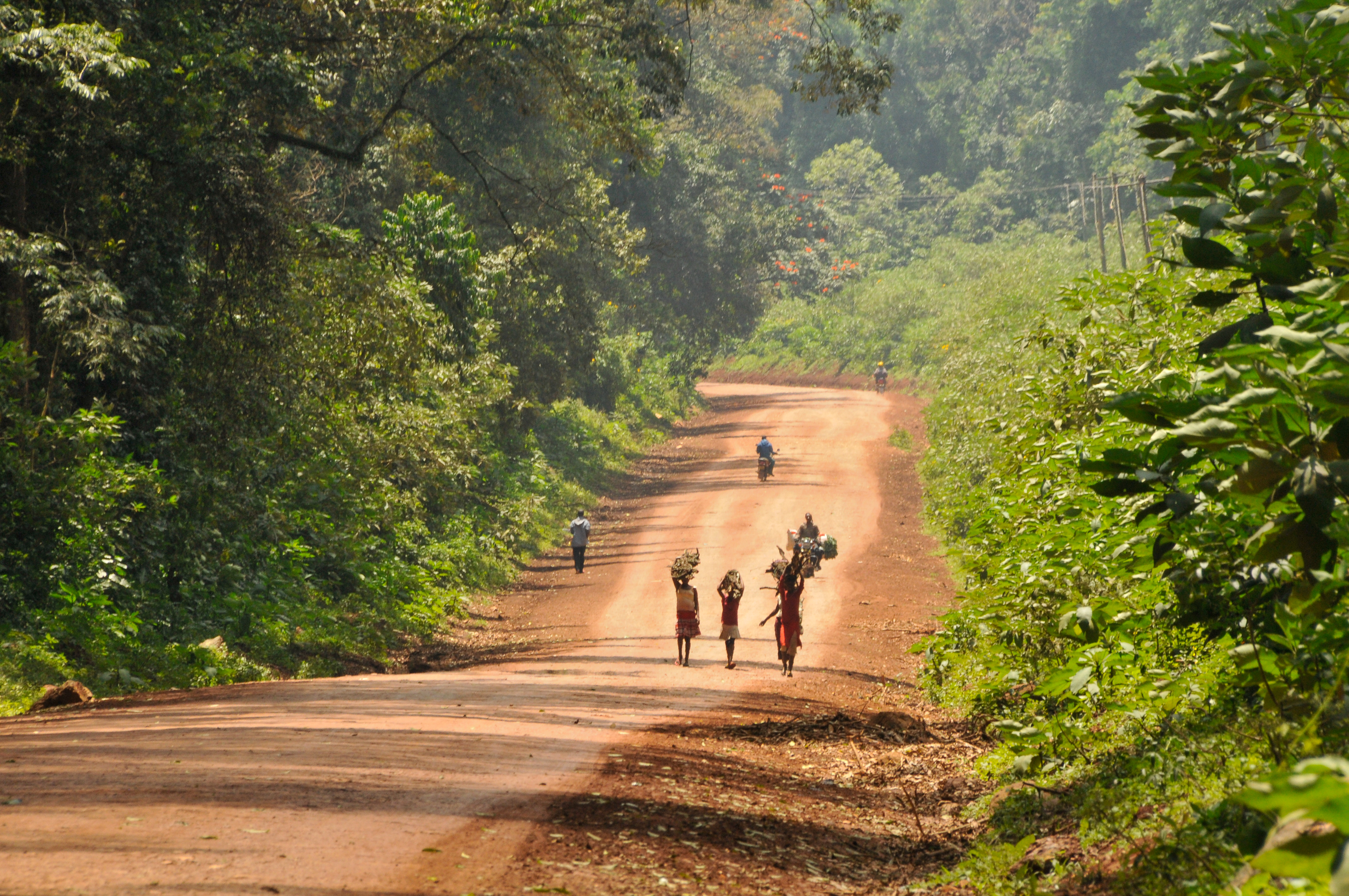
In recent years, however, local forests have suffered from deforestation, in part due to illegal logging that has caused widespread erosion. River levels have plummeted, harming food production, water availability and villagers’ incomes in the area’s largely agrarian economy. More than 7% of the Makuli and Nzaui forests have disappeared since 1988.
“There have been a lot of problems with landslides,” says Peter Ndunda, a senior associate with global research nonprofit World Resources Institute, which has been working with the Kenyan government on forest and land restoration efforts. “It’s threatening settlements and even rendering people homeless in some areas.”
The institute is a partner in Mastercard’s Priceless Planet Coalition, a group of more than 60 organizations fighting against climate change and global deforestation. The coalition is doing that by restoring 100 million trees in areas with the greatest potential for impact on climate and biodiversity — and the people who live and work there.
watch
How to grow a forest
In rural southwest Kenya, the World Resources Institute, part of the Priceless Planet Coalition, is working with local community groups to restore the landscape, making the land more productive while helping reverse the effects of climate change.
This work in Kenya is part of an effort by world leaders to restore natural landscapes and curb carbon emissions to prevent record-breaking heat waves, wildfires and other extreme weather caused by climate change. It will help the country make major strides toward restoring nature, which is key to the country’s commitment to the Paris Agreement on climate change. It will also contribute to the goal of the African Forest Landscape Restoration Initiative to begin restoring 100 million hectares (386,000 square miles) of land by 2030.
“Working in partnership with the Government of Makueni County, a leader in Kenya’s restoration movement, we’re mobilizing stakeholders on the ground, and we’re empowering communities to restore their own land,” Ndunda says.
In Kenya, funding commitments from companies like Mastercard are supporting the growth of 1.2 million trees in the Makuli-Nzaui landscape through an inclusive effort that engages community members in the entire process. The experienced Green Belt Movement, founded by Nobel Peace Prize winner Wangari Maathai, is leading the on-the-ground planting.

Reforestation work ramped up in 2019 when WRI and Makueni County officials carried out a countywide assessment looking for restoration opportunities and decided to start with Makuli-Nzaui. Community members came together to create the action plan.
“We wanted full ownership from the community from the get-go,” Ndunda says, with citizens, government officials and local NGOs all coming together to collaborate. “Planning has been based on a shared vision and goal for the landscape.”
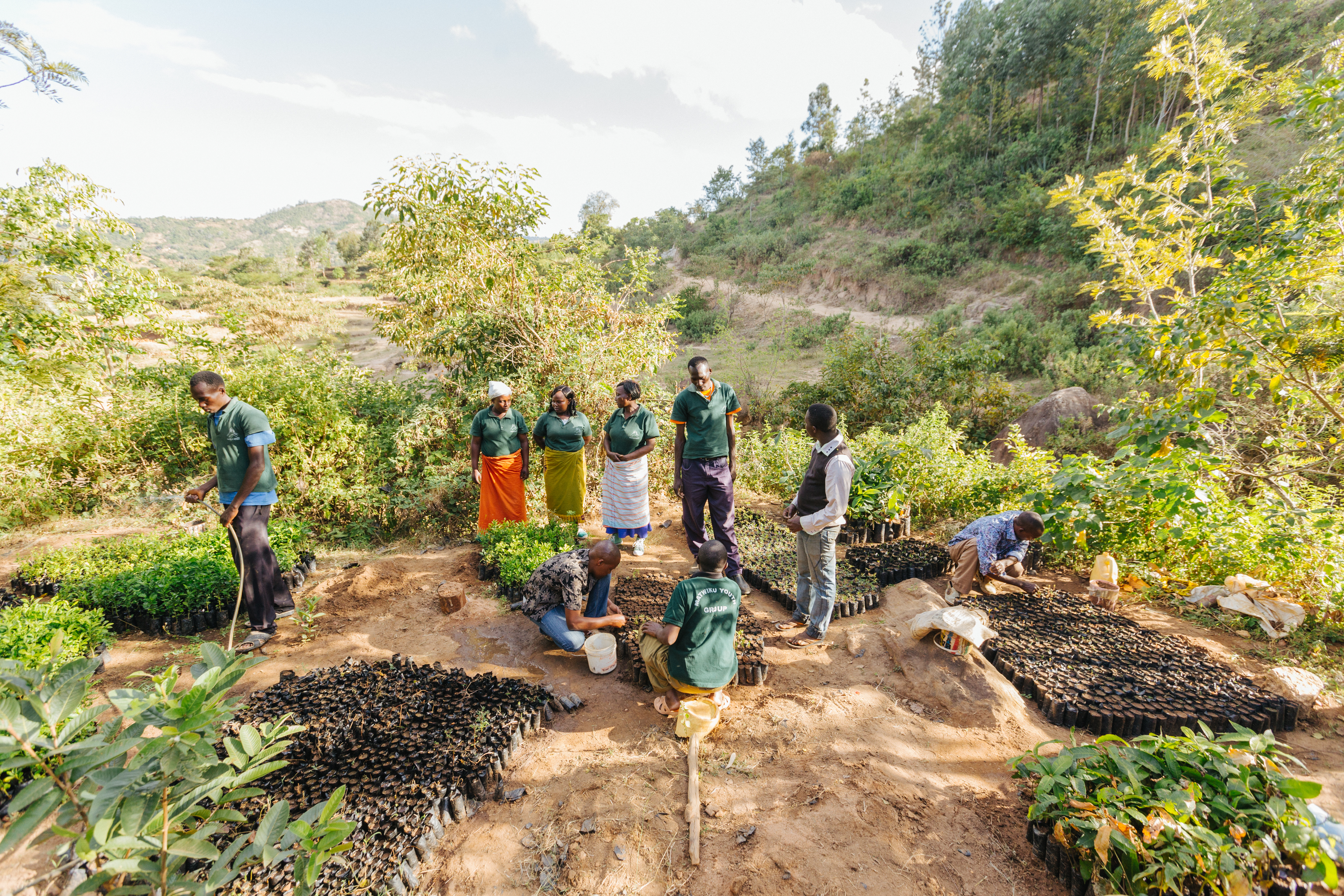
Traditional forest and landscape restoration focuses largely on how and where to grow trees and shrubs. The groups in Kenya took this work a step further, using something called social landscape mapping, which researches how an area has changed over time and takes into account the people who live, work and depend on the land. It’s a change experts believe can make a significant impact on communities and local ecosystems, creating momentum for a restoration movement.
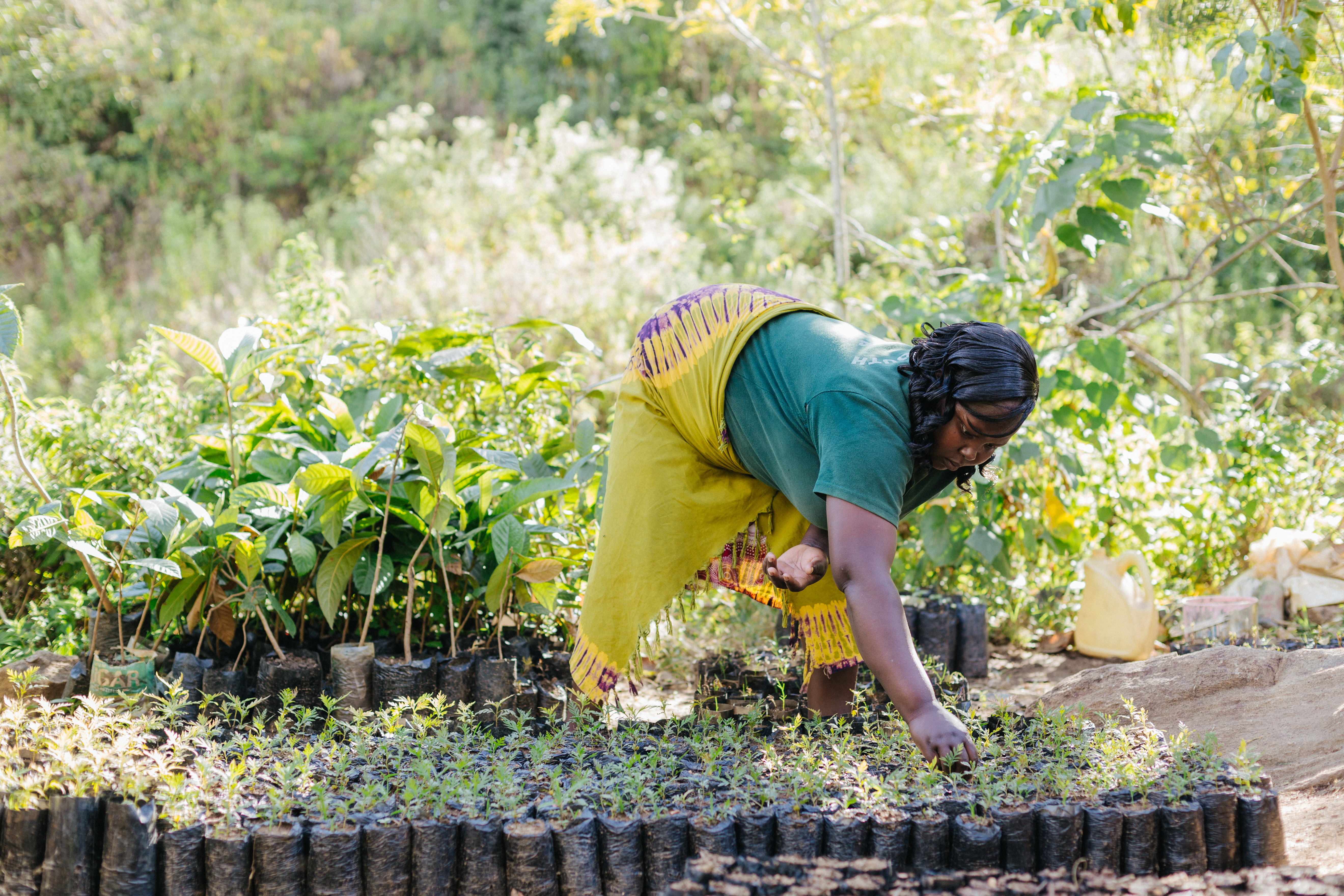
Since the reforestation project kicked off, local organizations and community members have created tree nurseries in which they are nurturing thousands of seedlings that will grow in the landscape. The next step is to plant the seedlings throughout the region.
In the coming months and years, Ndunda and his team envision indigenous trees in the area thriving again, water resources being restored, farms yielding more produce and local farmers earning more income from their fruit trees.
Then the reforestation initiative can be replicated in other parts of Kenya, and finally across Africa through AFR100. “Our goal is to have a vibrant landscape that has been restored back to productivity,” says Ndunda. “We want to scale this across the continent.”
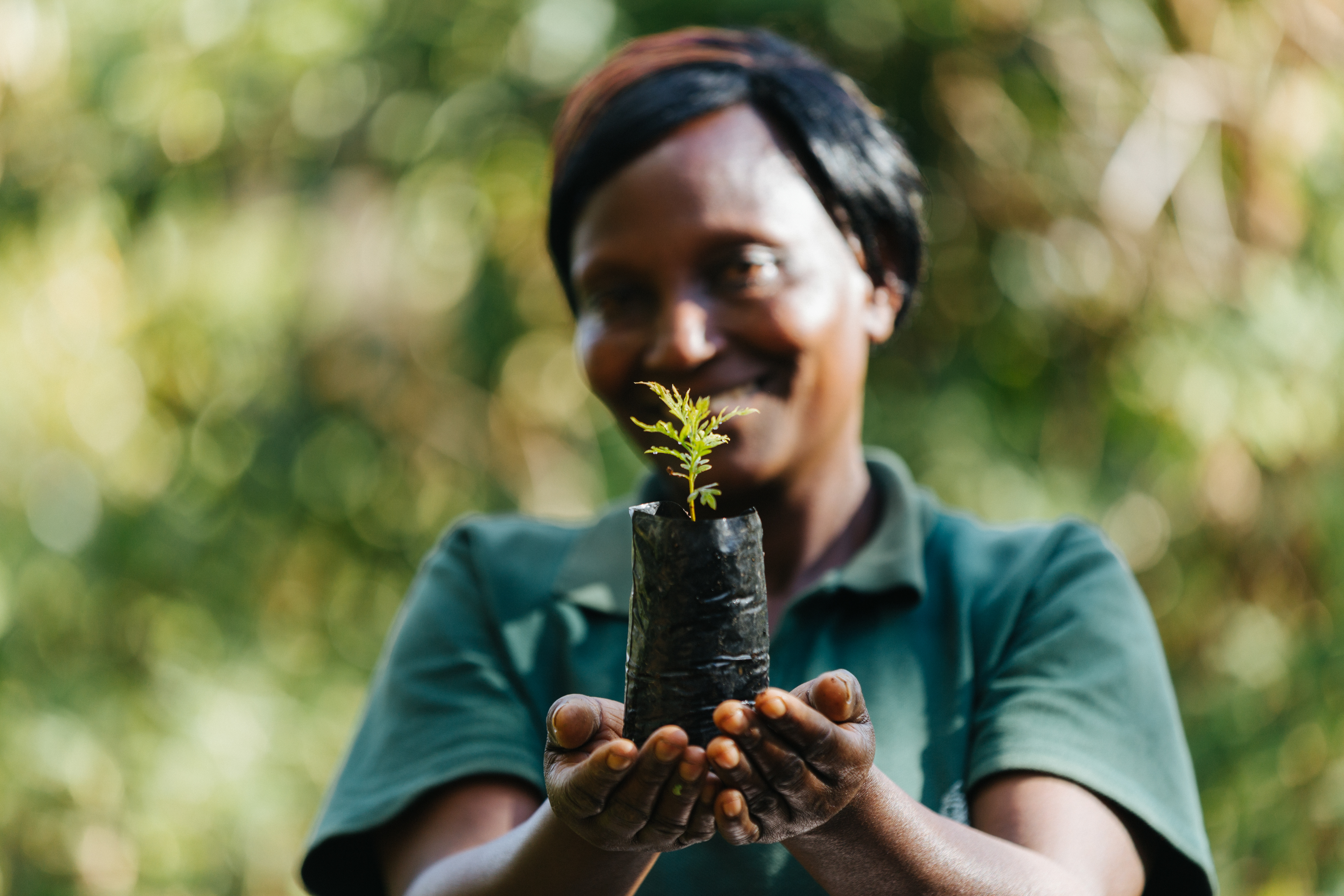
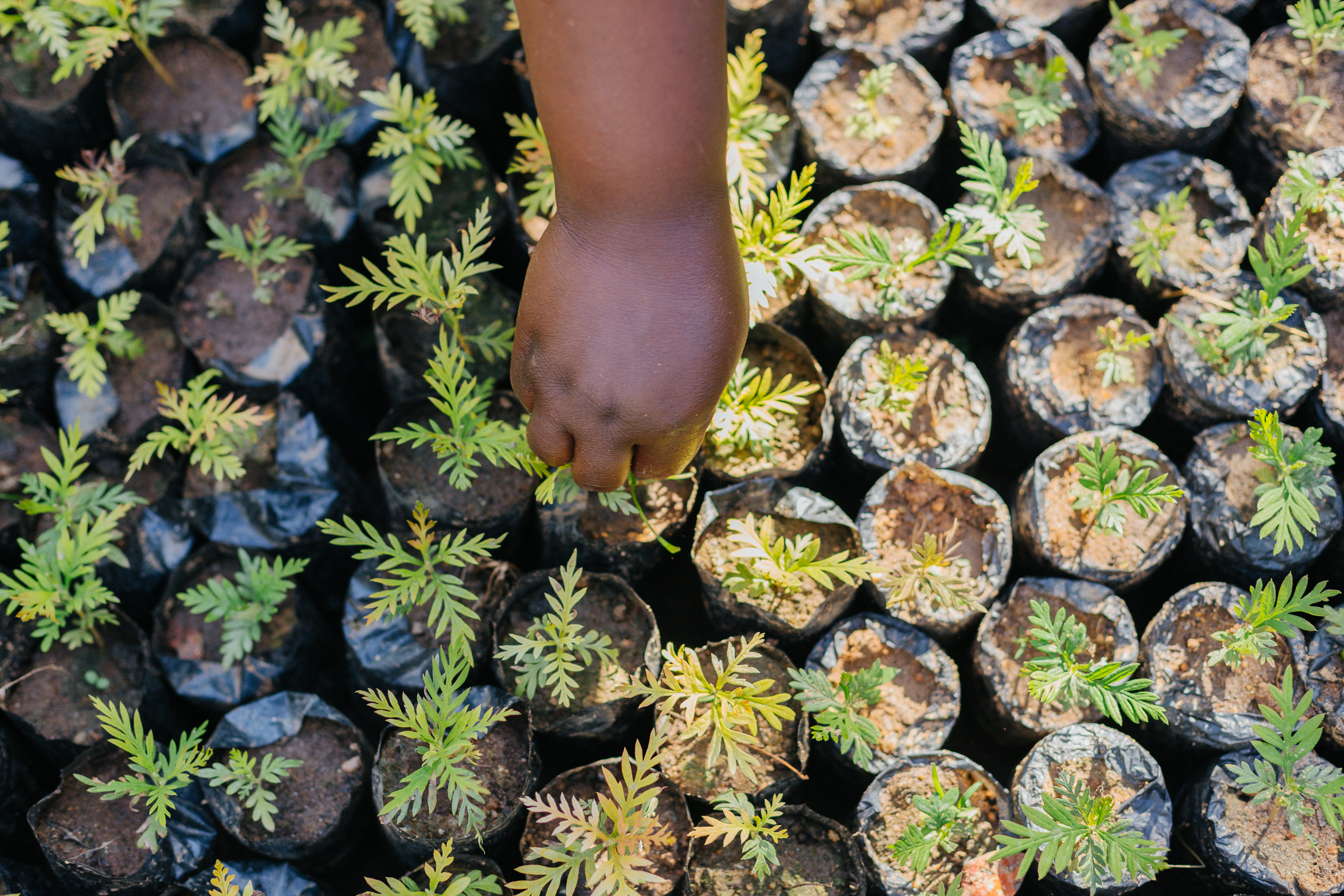
Priceless Planet Coalition
The Priceless Planet Coalition employs a forest restoration model dedicated not only to planting 100 million trees but also to regrowing forests in geographies that represent the greatest global need, starting in Kenya, Australia and Brazil. Guided by Conservation International and World Resources Institute, the coalition employs science-based best practices for the selection, implementation and long-term monitoring of its restoration efforts.
Learn more